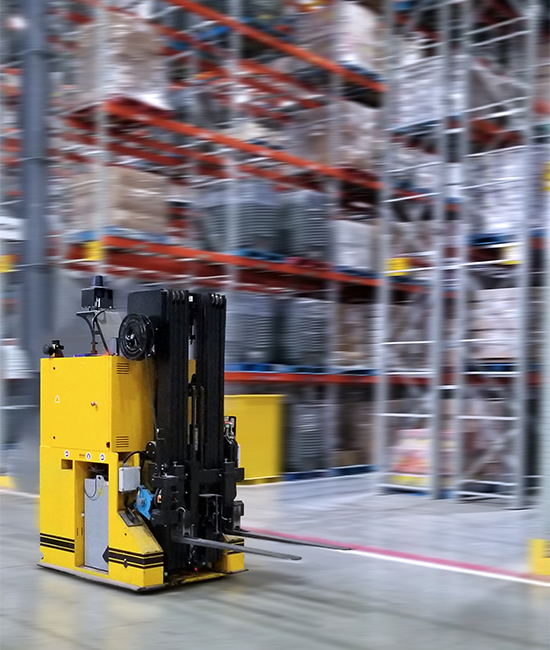Automated Guided Vehicles (AGVs) are material handlers that can operate independently of an operator. Instead, they navigate along predetermined paths that the vehicle might follow with machine vision guidance cameras, laser target navigation, or guide wires. AGVs are used in production and distribution in such processes as assembly, kitting, delivery, picking, put away, and staging.
Facilities look to AGVs to help fill gaps in labor, to supplement a workforce struggling to maintain high throughputs, and to achieve and maintain accuracy goals, among other objectives. Because AGVs can be integrated into a facility with little to no change to its infrastructure, they are a flexible, scalable material handling solution that can be implemented in a matter of weeks.


